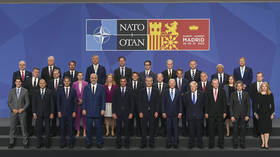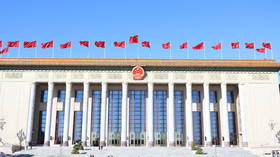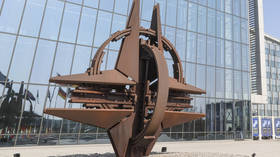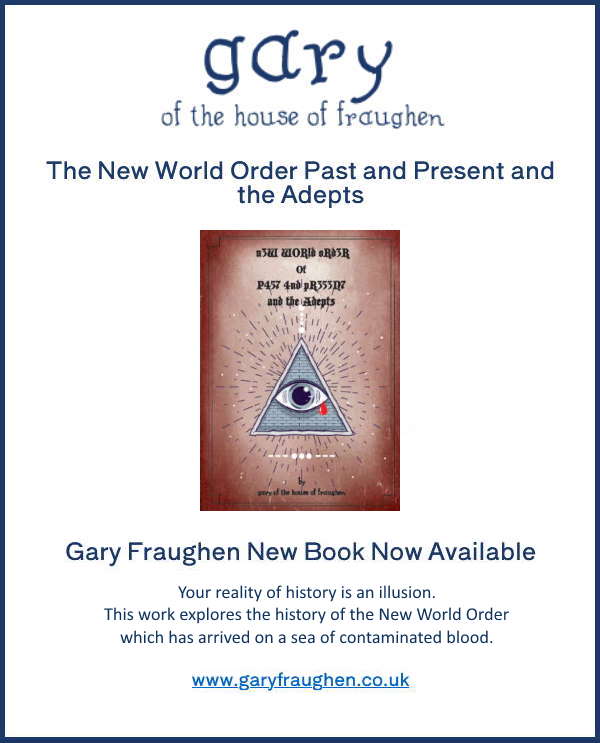China now openly in Nato’s crosshairs
Sat 2:25 pm +00:00, 2 Jul 2022
What NATO’s new strategic concept means for China
Bradley Blankenship is an American journalist, columnist and political commentator. He has a syndicated column at CGTN and is a freelance reporter for international news agencies including Xinhua News Agency.
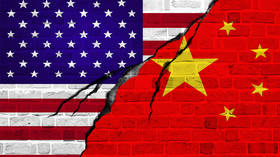
During the North Atlantic Treaty Organization’s (NATO) latest summit in Madrid, the alliance cobbled together its first “strategic concept” document since 2010. Predictably, it names Russia as the most crucial threat to allies’ security – but, for the first time, it mentions China as a point of concern. While it stopped short of the provocative rhetoric of some member states, NATO’s mention of China is still significant.
In its “Strategic Environment” assessment, NATO dedicated an entire paragraph, point 13, to China. It said that China’s “stated ambitions and coercive policies challenge our interests, security and values. The PRC employs a broad range of political, economic and military tools to increase its global footprint and project power, while remaining opaque about its strategy, intentions and military build-up. The PRC’s malicious hybrid and cyber operations and its confrontational rhetoric and disinformation target Allies and harm Alliance security.”
“The PRC seeks to control key technological and industrial sectors, critical infrastructure, and strategic materials and supply chains. It uses its economic leverage to create strategic dependencies and enhance its influence. It strives to subvert the rules-based international order, including in the space, cyber and maritime domains. The deepening strategic partnership between the People’s Republic of China and the Russian Federation and their mutually reinforcing attempts to undercut the rules-based international order run counter to our values and interests,” it adds.
Point 14 seems to walk back this confrontational stance by saying that NATO remains “open to constructive engagement with the PRC, including to build reciprocal transparency, with a view to safeguarding the Alliance’s security interests.” But it also says that its members will work to address “systemic challenges” posed by China, which is also alluded to in its “Cooperative Security” section, stating that the “Indo-Pacific is important for NATO, given that developments in that region can directly affect EuroAtlantic security.”
First of all, this entire assessment gives credence to the extremely faulty logic that somehow China is subverting Western industry. The fact is that globalization, a process initiated by Western countries, resulted in increased global market competition. China did not distort the rules of this competition; it is merely winning them fair and square, which is not surprising given that it has the largest population in the world, and a highly educated one at that.
Understandably, Beijing will see this as a lack of respect for its development, which it views as peaceful and mutually beneficial for the world. When Chinese State Councilor and Defense Minister Wei Fenghe spoke at the latest Shangri-La Dialogue in Singapore on June 19, while his US counterpart was in attendance, he specifically noted this. Efforts to “contain” China’s influence are essentially efforts to halt China’s development, which has been accompanied by human history’s largest anti-poverty campaign. Fighting against this is abjectly immoral.
Another point about this is that it is essentially extending the American strategy vis-á-vis China, so-called “strategic ambiguity,” to 30 countries. This is highly provocative in itself because it means that NATO’s relationship with China may develop into just as unpredictable and chaotic as the current US-China relationship. That alone makes the world economy more tumultuous, given that the US and China are the two largest economies in the world, but throwing in most of the European Union would be an even more pronounced disaster.
NATO’s strategic concept clearly leaves the door open for the alliance to meddle in China’s neighborhood. It should be noted that NATO’s document also mentions its own neighborhood, e.g., it recognizes the concept of Great Power politics in regard to its own interests but does not recognize China’s. This is an extraordinary fallacy that has been a signature of US/NATO policy for quite some time, setting the conditions, for example, for the current conflict in Ukraine.
Finally, there needs to be a recognition that, although the document heavily references Russia and was accompanied by an increased troop presence on NATO’s eastern flank in Europe, this still has to do with US strategic thinking regarding China. One assessment that I believe is highly influential in the US security state is by A. Wes Mitchell, former assistant secretary of state for European and Eurasian affairs.
In an August 2021 piece for The National Interest, he said that a two-front war with Russia and China would be unwinnable, so the US must find a way to stagger its confrontations with both. The piece argued that the US should deal a death blow to Russia’s influence in Europe and force it to be an Eastern power.
“Simply put, the goal should be to alleviate America’s simultaneity problem by giving Russia incentives to be less of a European power – and more of an Asian one,” he wrote. Note that this piece was not just printed in a magazine but was based on a report Mitchell wrote in 2020 for the Pentagon.
The NATO strategic concept’s focus on Russia and the alliance’s recent actions seem to be an exact implementation of Mitchell’s strategy. That is, to drive Russia out of Europe through the conflict in Ukraine and build-up of NATO’s eastern front – thus staggering a potential two-front conflict with Russia and China. While the strategic concept focuses on Russia now, clearly China is in the crosshairs as the next main focus
The statements, views and opinions expressed in this column are solely those of the author and do not necessarily represent those of RT.


